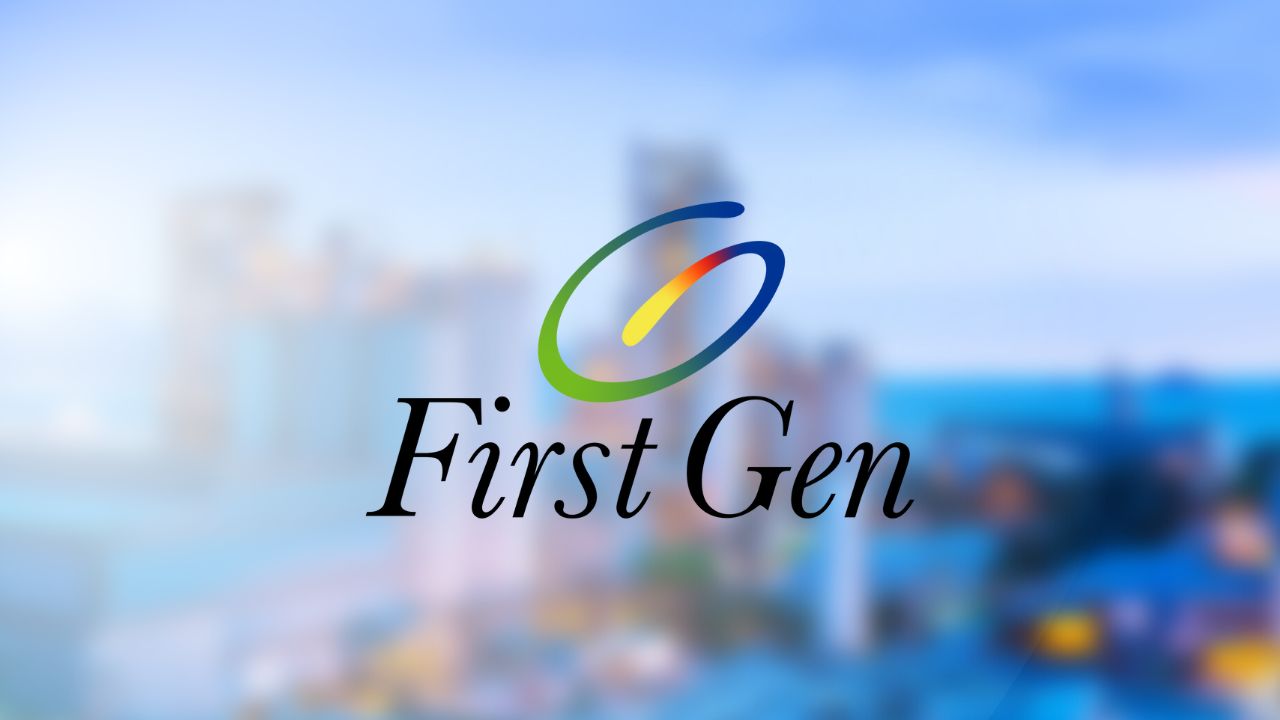The Tourism and Sports Ministry has instructed the Tourism Authority of Thailand (TAT) to overhaul the 2025 tourism marketing plan, which could downgrade foreign receipts from 2.3 trillion to 2 trillion baht, to cope with the weak Asian market that dropped 17% in the first quarter. According to TAT, Thailand gained 9.
5 million international arrivals in the first quarter, growing 2% year-on-year, which generated 471 billion baht, a 7% year-on-year increase. However, the key Asian markets, including China, Hong Kong, Taiwan, South Korea and Vietnam decreased by 17% on average in the period due to declining safety confidence in Thailand and reduced flight numbers following the end of the Songkran festival. Natthriya Thaweevong, the ministry’s permanent secretary and the TAT board’s chairman, said the revised plan should be finalised and presented to the board for approval by May in order to execute it in the second half.

“As several negative factors led by safety concerns and the economic impact from the US tariff hike weigh on our tourism target, we have to shift the plan to maintain the same revenue as 2019, when we secured 2 trillion baht,” she said. She said the marketing direction now would need to be changed from headcount to spending ratio, putting more focus on long-haul markets, which typically generate higher income per head than Asian markets. Although the new US tariffs are expected to impact the global economy, the ministry believes that European tourists may avoid travelling to the US and instead turn to Asian destinations, presenting an opportunity for Thailand to attract more European visitors.
Based on tourism receipts’ projection in the second quarter of 2025, the markets with high potential for Thailand include Sweden, whose citizens spent 69,817 baht on average, Saudi Arabia, whose citizens spent 68,354 baht on average, Austria, whose citizens spent 66,729 baht on average, and the UK, whose citizens spent 60,823 baht on average. Ms Natthriya said the markets that were still able to increase air ticket bookings by 10% in the second quarter were mostly from Europe, comprising the UK and Germany, along with Israel, Australia and South Korea. “We’ve set the outline for TAT to accelerate tourists’ decisions by offering tailor-made tour packages that will match segments with high spending.
For instance, the medical tourist segment, who book long-stay accommodation for themselves and their families, should have tour package options to purchase easily while in Thailand,” she said. The key performance indicator for TAT would also be adjusted based on the nationality of arrivals and might have to exclude the Chinese market, which is expected to significantly drop this year, said Ms Natthriya. For instance, the benchmark of 2.
0 would be earmarked for travellers from long-haul markets, but the benchmark from short-haul markets would be lower at 0.5-1.0, depending on their average spending and the length of stay.
.
Business

Thailand faces lower tourist numbers

The Tourism and Sports Ministry has instructed the Tourism Authority of Thailand (TAT) to overhaul the 2025 tourism marketing plan, which could downgrade foreign receipts from 2.3 trillion to 2 trillion baht, to cope with the weak Asian market that dropped 17% in the first quarter.














